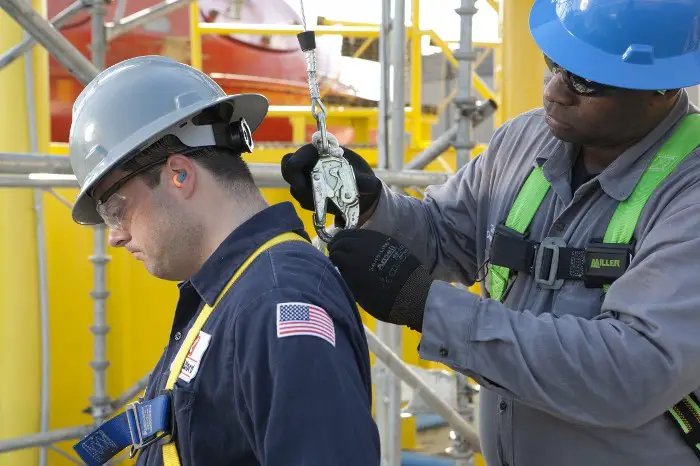If there’s a construction project going on at your facility, it’s prudent to make certain workers are protected from injury while they’re on the job. After all, a construction project is only as fruitful as its workers are safe. And, according to OSHA, one in five work-related deaths in the United States in 2014 happened in the construction industry.
Following these and other safety practices will aid in improving output and lessen injuries.
1. Strong leadership sets the tone.
Safety criterions are essential, but they are worthless if company and project leaders aren’t dedicated to safeguarding them. Vigilant obedience to safety policy begins at the topmost. As an employer, one of our most significant roles is setting strategies and measures to aid ensure that workers appreciate the significance of safety on the job site.
2. Training and tracking.
This may be time-consuming, but they’re worth the investment. It takes a while and drive to train workers on safety procedures, but it’s time well spent, predominantly since 60 percent of construction workstation injuries happen in the builder’s first year of service, according to the U.S. Bureau of Labor Statistics. Bosses can work toward the objective of realizing high safety standards by necessitating that all employees go through drug-free workplace protocol, engage in weekly “tool box talks” on safety-related activities, take CPR training, and obtain comprehensive equipment training. In addition, it is significant to track safety results in order to reward accomplishments and polish future practices.
3. Proper form decreases the likelihood of injury.
It may sound simple, but construction workers cannot afford to underrate the significance of following rudimentary best practices when performing key building tasks.
Basic steps like accurately lifting heavy items and using ergonomically correct tools can make a big alteration in keeping employees safe.
OSHA reports that one in 10 construction workers are injured on the job in every year, and many happenings result from a failure to observe to well-known safety standards.
4. Good housekeeping makes for good working conditions.
Keeping a work site sanitary and organized can protect employees, too. Sweeping away spills, dust and dirt, keeping footpaths clear, and moving equipment out of the way diminishes the risk of careless accidents. Falls are the highest source of deadly project injuries and lead to a huge number of nonfatal incidents as well, according to The Center for Construction Research and Training. Making certain scaffolding is well-made and obstacles are cleared maximizes builders’ probability of staying on their feet and returning home in one piece.
5. Personal protective equipment is a key tool for success.
Helmets, gloves, eyewear and foot protection are essential buffers in the fight against injury. Even when employees use their own individual protective equipment, bosses are accountable for its competence, maintenance, and sanitation. Even the slightest safety measure can help builders escape substantial negative costs in the event of an accident.
5 safety tips for your facilitys construction project
Home » Knowledge » safety and security »
It’s a great point that it’s worth spending the time to train everyone properly so that there aren’t any injuries. My brother is a new manager at a local construction site. He wants to make a lot of changes, especially changes to be more eco-friendly and safe.